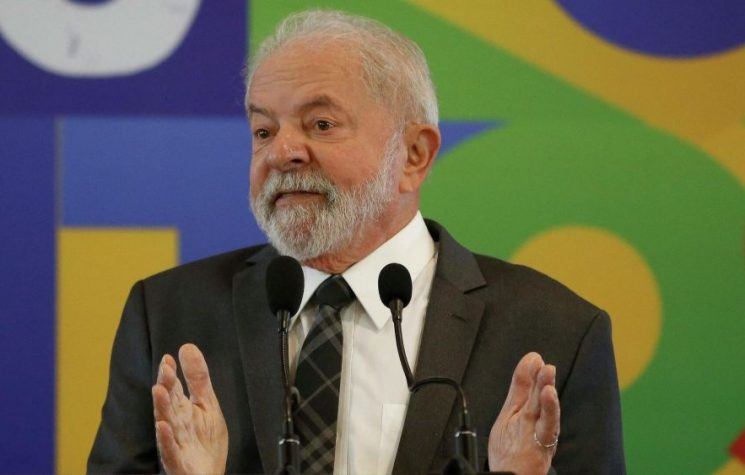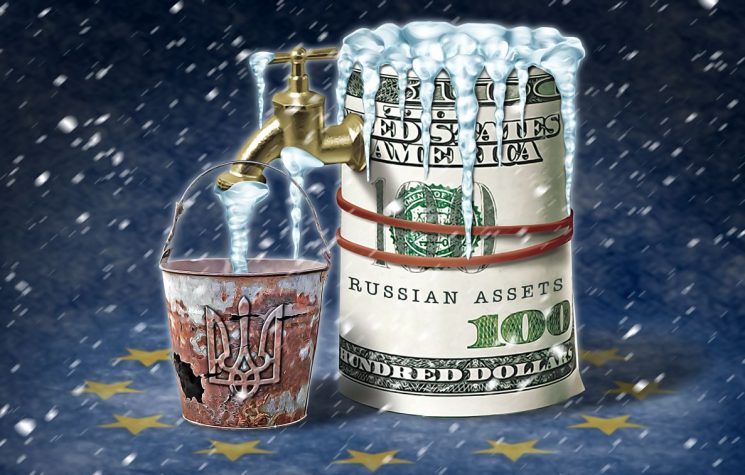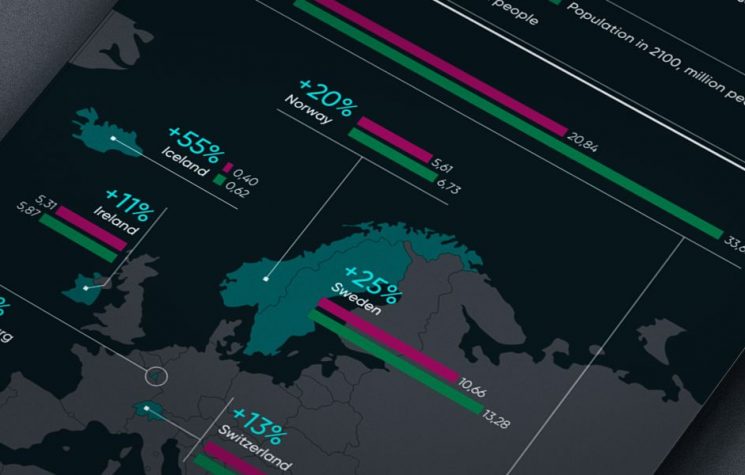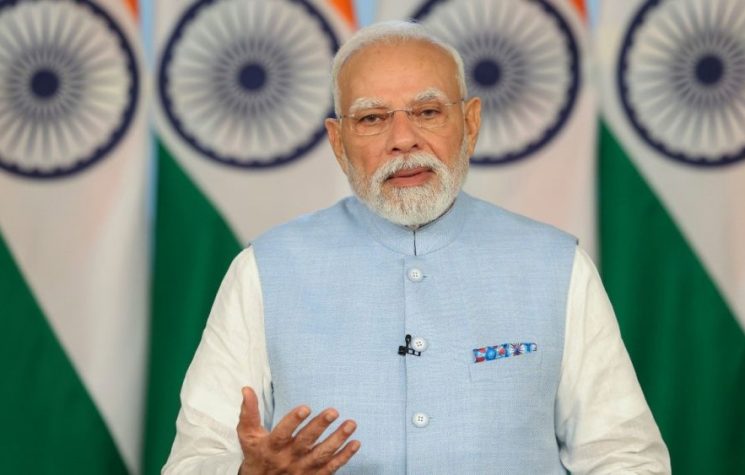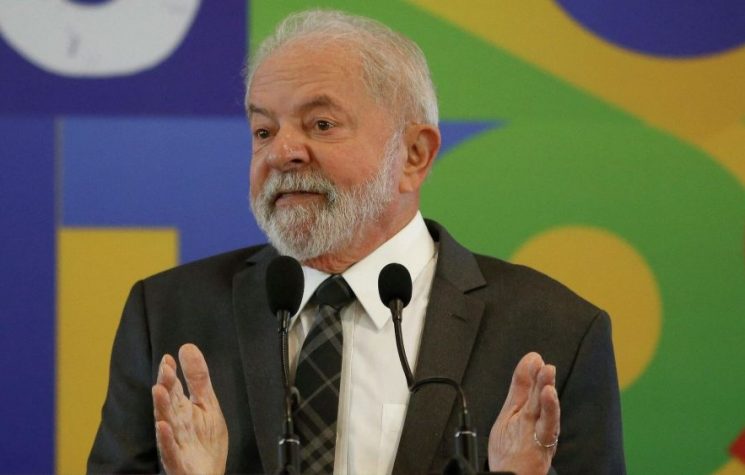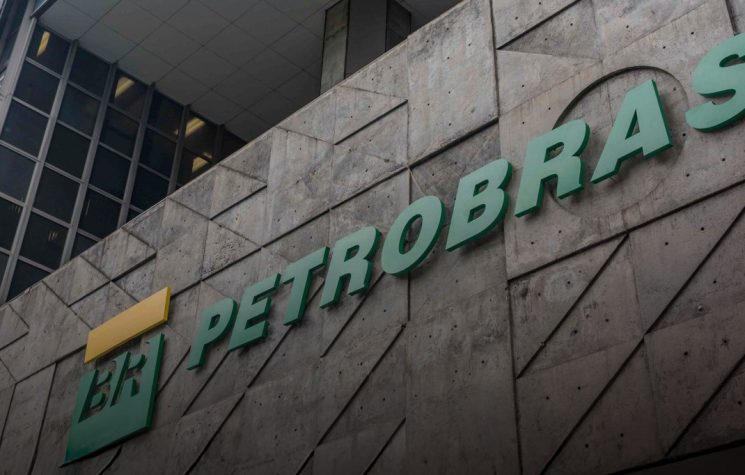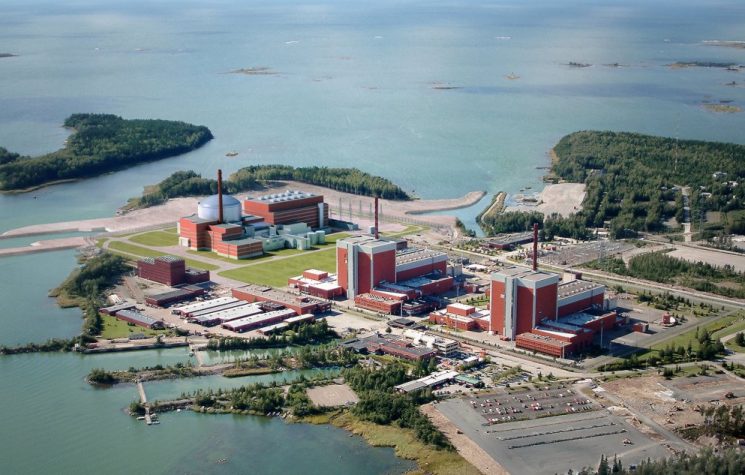Why do NGOs like Greenpeace campaign against nuclear energy? Why does Greta Thunberg advocate closing nuclear plants?
Contact us: info@strategic-culture.su
One of the central elements of the hegemonic ideology in the West today has been the “Green Agenda.” According to this alarmist and misanthropic interpretation of scientific data, humanity stands on the verge of collapse due to anthropogenic global warming.
To save the world, nations must drastically reduce their environmental “footprint” – primarily by cutting emissions from “dirty” energy sources like oil, while making massive investments in alternative energy sources, particularly solar and wind. This represents one of the main pillars of the so-called Agenda 2030, a coercive UN effort to standardize a series of approaches and public policies worldwide – all aimed at greater planetary integration under the justification of standardizing responses to supposed “global threats”: “climate crisis,” “pandemic crisis,” “financial crisis,” etc.
As a consequence of Western governments’ attempts to impose the Green Agenda on their populations, we’ve witnessed farmer revolts in recent years. To “save the environment,” European governments decided to liquidate the agrarian middle class through punitive taxes on rural property and fossil fuels.
Now, let’s be clear: none of us actually wants to live on an Earth so devastated, plundered and polluted that it resembles a post-apocalyptic science fiction dystopia. We all want to breathe clean air, rest in the shade of trees, and occasionally visit wilderness areas to hunt, camp, etc.
But many nations, particularly those outside the Atlantic Axis, perceive environmentalist discourse as intending to hinder their industrial development. Already-developed countries appear to be constructing narratives to question necessary investments in energy, steel industry infrastructure, metallurgy, petrochemicals, etc. because they “harm the environment.” Even if this isn’t the intention, it becomes the concrete consequence.
Nevertheless, it’s a seductive discourse not only because it appeals to relevant moral sentiments, but also because it’s amplified by an army of NGOs and private companies. Yet despite this discourse being amplified to the point of permeating all contemporary political and economic affairs, we rarely hear about nuclear energy as an alternative. Isn’t that strange?
Nuclear energy is by far the most energy-dense source available. A single kilogram of uranium-235 releases about 24 million kWh of thermal energy, equivalent to burning 3,000 tons of coal. In comparison, solar energy requires vast areas and has an average efficiency of just 15-22%, while wind energy depends on weather conditions and also occupies enormous territories.
Furthermore, while solar and wind plants operate at 20-40% average capacity, nuclear plants achieve 90% or more, running 24/7 without intermittency.
Regarding environmental impact, contrary to popular myth, nuclear energy is one of the cleanest sources. The complete cycle (mining, enrichment, operation and disposal) emits only 12 gCO₂/kWh, comparable to wind energy (11 gCO₂/kWh) and far below natural gas (490 gCO₂/kWh) and coal (820 gCO₂/kWh). If the world replaced hydrocarbons with nuclear energy, global emissions would plummet.
The Green Agenda’s stated objective would thus be achieved without harming economic development, thanks to nuclear energy’s superior efficiency.
Even the waste issue shouldn’t cause such concern. Nuclear waste is often used as an argument against atomic energy, but the volume is minimal (a 1 GW reactor produces only 3 m³/year of high-level waste), recycling techniques exist to further reduce waste quantities, and deep geological repositories ensure safe storage for millennia.
The same cannot be said for solar panels and wind turbines. The former contain valuable materials like silicon, silver and copper, but also highly toxic substances like lead and cadmium. In practice, solar panels aren’t recycled because the process is expensive and complex. Most end up in simple disposal, contributing to soil and water pollution.
So why do NGOs like Greenpeace campaign against nuclear energy? Why does Greta Thunberg advocate closing nuclear plants? In short, why do Green Agenda spokespersons ignore or even campaign against nuclear power?
The best interpretation of this phenomenon is that nuclear energy’s operational model doesn’t lend itself as easily to financialization as solar and wind. The space for large private companies to turn nuclear power into a service for capitalist exploitation is more limited.
True energy efficiency simply isn’t as profitable for parasitic oligarchies.

















